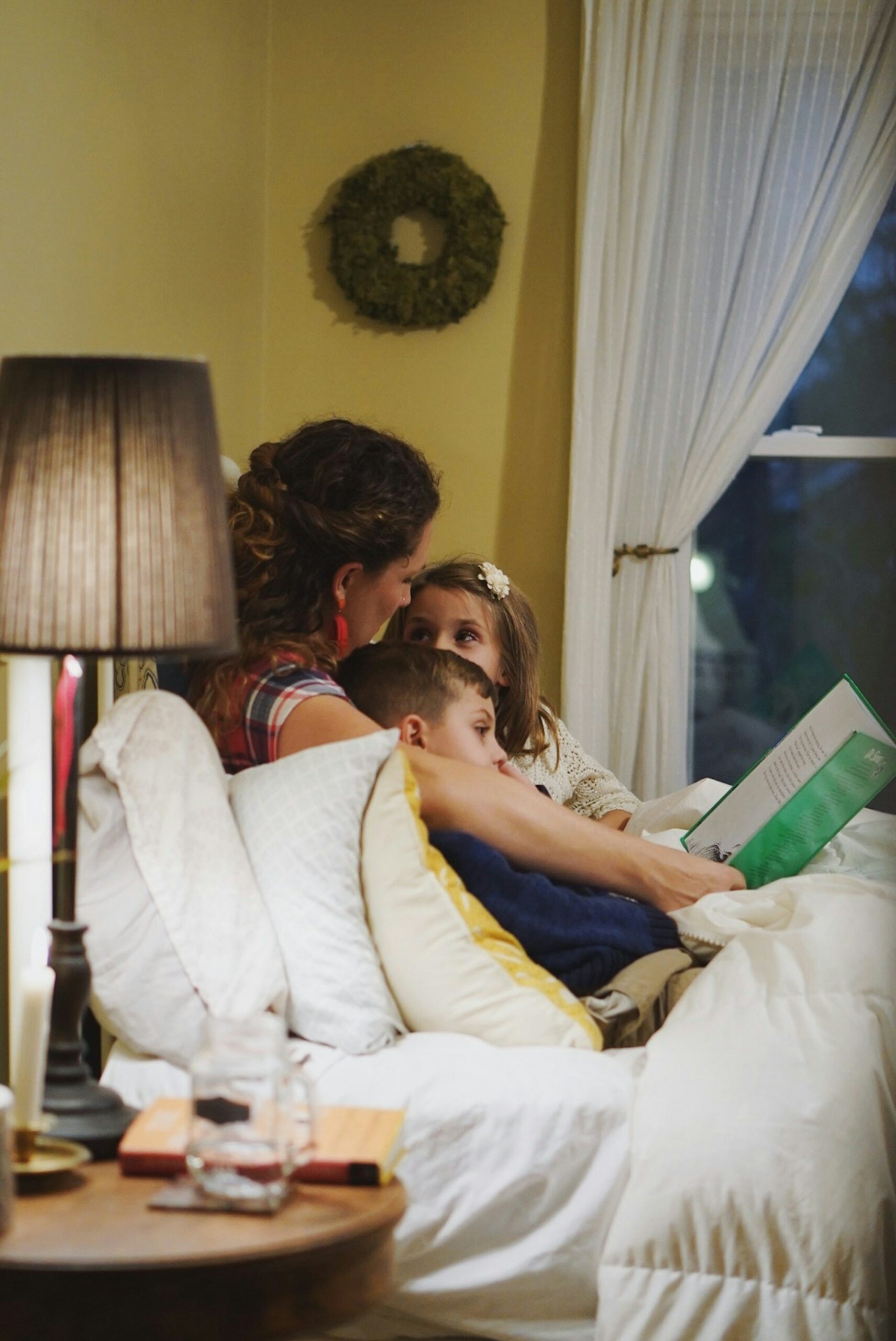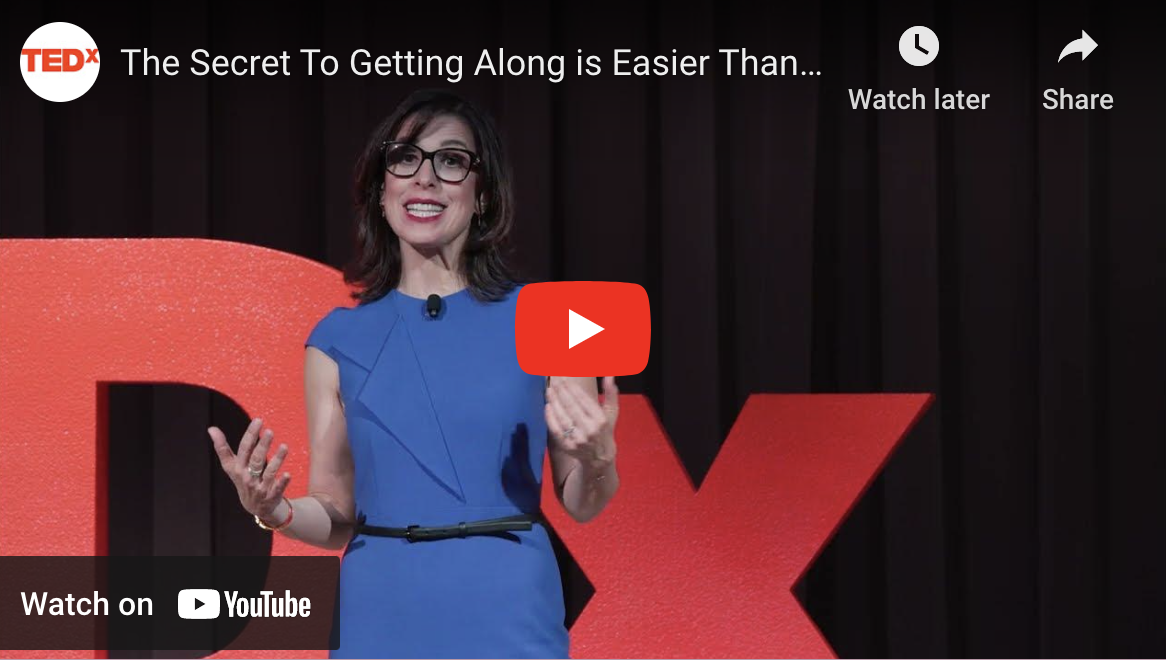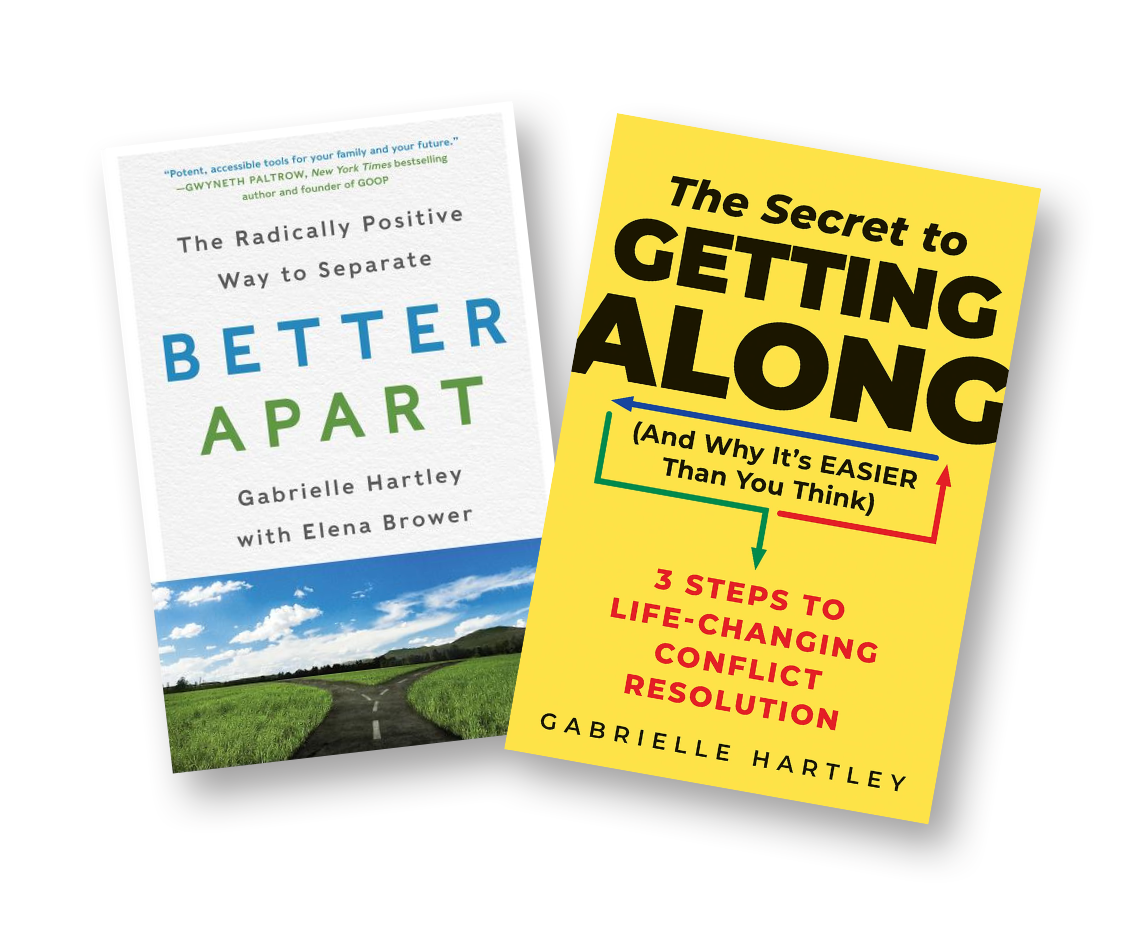Best Custody Plan Guide for your family to be Better Apart®

A well-thought-out visitation schedule provides stability and predictability in your children’s lives. In this guide, we will craft the best custody plan.
When navigating the complexities of divorce or separation, whether going to court or working with a mediator, creating the best custody plan that prioritizes the well-being of the children involved is paramount. That is why, the of the most crucial aspects of this plan is determining visitation schedules. A well-thought-out visitation schedule not only ensures that children maintain meaningful relationships with both parents but also provides stability and predictability in their lives. In this guide, we will delve into crafting the best custody plan, with a detailed focus on visitation schedules.

Understanding the Basics
Before diving into the specifics of visitation schedules, it’s essential to understand what we mean by custody. Custody refers to two things: where the child lives and who makes the major decisions in the child’s life.
- Physical Custody: This refers to where the child resides. It can be sole physical custody, where the child lives primarily with one parent, or joint physical custody, where the child spends significant time with both parents.
- Legal Custody: This pertains to decision-making authority regarding the child’s upbringing, including matters related to education, healthcare, and religion. It can also be sole or joint. For purposes of this article we are going to focus on physical custody.
Parenting plans are not one size fits all. Let’s take a moment to explore how to structure the best custody plan that suits the unique needs of your family.
Factors to Consider
There are so many factors to consider when crafting a parenting or custody plan. Let’s take a brief look at some of the most important issues to think about before making any final decision.
- Age and Developmental Stage of the Child: Younger children may benefit from frequent, shorter visits to maintain attachment, while older children may prefer longer stretches of time with each parent.
2. Distance Between Parents’ Residences: The proximity of parents’ homes can impact the feasibility of certain visitation schedules. Greater distances may necessitate longer visitation periods to minimize disruption.
3. Parents’ Work Schedules and Availability: The visitation schedule should accommodate parents’ work commitments and other obligations to ensure consistency and reliability.
4. Child’s School and Extracurricular Activities: The schedule should allow the child to participate in school, sports, and other activities without undue interference.
5. Flexibility and Communication: A successful visitation schedule requires flexibility and open communication between parents to accommodate changes and unexpected events.

Sample Custody Plans
While there is no one-size-fits-all approach for the best custody plan, the following are some common arrangements that families may consider, specifically focusing on a 50/50 custody plan. Remember that each family’s situation is unique, so feel free to adapt these examples to suit your specific needs. Also, be sure that when you craft your parenting plan you consider how the usual schedule will be impacted by holidays and special events (so one parent does not wind up with three or more consecutive weekends in a row, which often can be an unintended consequence of certain parenting plans). Here are some arrangements that may work for you and your family:
1. Alternating Weeks
In this custody plan, your child spends one week with each parent. It’s straightforward and provides consistency, allowing the child to settle into a predictable routine.
2. 2 Weeks Weeks
With the 2 weeks each arrangement, your child spends 2 consecutive weeks with one parent, followed by another 2 weeks with the other parent. This longer duration can be beneficial for maintaining stability.
3. 3-4-4-3 Weeks
The 3-4-4-3 schedule involves alternating between parents as follows:
- 3 days with one parent.
- 4 days with the other.
Then, it switches:
- 4 days with the first parent.
- 3 days with the other
4. 2-2-5-5 Schedule
In the 2-2-5-5 schedule, your child spends:
- 2 days with each parent.
- 5 consecutive days with each parent.
5. 2-2-3 Schedule
The 2-2-3 schedule is as follows:
- 2 days with one parent.
- 2 days with the other parent.
- 3 days with the first parent.
This pattern repeats every week.
6. Alternating Every 2 Days
For parents who prefer more frequent transitions, the alternating every 2 days schedule has the child switching between parents every 2 days.
7. Midweek Visits
In addition to weekends, the non-custodial parent may have visitation one or two evenings during the week to maintain regular contact.
8. Holidays and Special Occasions
It’s essential to address holiday visitation, school breaks, and special occasions such as birthdays and vacations in the custody plan to ensure equitable time-sharing. This way, the kids will be able to go on a vacation to bond with the non-custodial parent while the other parent can take a breather.
Remember to create a written parenting plan that outlines the custody schedule, holidays, and other essential details. Also, as you make adjustments, always practice the key elements of being Better Apart®: patience, respect, clarity, peace and forgiveness or acceptance.
Conclusion
Ultimately, the best custody plan and visitation schedule are those that prioritize the child’s best interests while taking into account the unique circumstances of the family. It’s advisable for parents to work together, with the assistance of a mediator or legal professionals, if necessary. At Better Apart® mediation, we help craft the best custody plan that promotes stability, consistency, and healthy parent-child relationships. We are dedicated to empowering families to think better and feel better in the midst of separation.
Crafting the best custody plan as part of the separation process requires careful consideration of various factors, including the child’s needs, parental schedules, and logistical practicalities. By prioritizing open communication, flexibility, and the child’s well-being, parents can create the best custody plan that fosters positive parent-child relationships and supports the family’s transition through divorce or separation. Remember, the goal is to create a nurturing environment where children can thrive, despite the challenges of changing family dynamics.

Gabrielle Hartley, Esq.
Gabrielle Hartley is a renowned divorce mediator with decades of experience in resolving seemingly unresolvable conflict. Besides providing flat rate divorce and separation mediation services to clients online, Gabrielle is Co-Chair of the American Bar Association Mediation Committee and Former Court Attorney to NYS Judge Jeffrey Sunshine.
Her book, Better Apart: The Radically Positive Way to Separate can help you navigate your divorce by combining practical advice with the healing power of meditation and yoga. Meanwhile, her second book, The Secret to Getting Along (And Why It’s Easier Than You Think) provides more tips on navigating the most entrenched conflict — whether at home, at work, or in any relationship.



Gabrielle Hartley, Esq.
Gabrielle Hartley is a renowned divorce mediator with decades of experience in resolving seemingly unresolvable conflict. Besides providing flat rate divorce and separation mediation services to clients online, Gabrielle is also a New York Times bestselling author.
Her book, Better Apart: The Radically Positive Way to Separate can help you navigate your divorce by combining practical advice with the healing power of meditation and yoga. Meanwhile, her second book, The Secret to Getting Along (And Why It’s Easier Than You Think) provides more tips on navigating the most entrenched conflict — whether at home, at work, or in any relationship.


FOLLOW GABRIELLE


DISCLAIMER: The commentary, advice, and opinions from Gabrielle Hartley are for informational purposes only and not for the purpose of providing legal advice or mental health services. You should contact an attorney and/or mental health professional in your state to obtain advice with respect to any particular issue or problem.
- One Edgewater Plaza Suite 304, Staten Island, NY 10305
- 266 Smith Street, Brooklyn, NY 11231
Northampton MA
PHONE:
New York: (917) 905-4553
Boston: (413) 450-0420








